Archive for November 2021
3 Reasons Your Content is Wack.
Attention spans are so short memes and reels are considered effective content. A
common client phrase is, “I’m not reading all of that!” Companies are spending millions of
dollars to undergoing massive content updates to meet the changing needs of clients,
but some continue to miss the mark. Here are three reasons your content is wack.
- You are not honest with your SMEs
In many companies – especially financial institutions, subject matter experts (SMEs) are
“untouchable”. They often have a reputation for being difficult partners because they
always get their way, and they can be oblivious to clients’ changing content needs. How
do you tell the chief strategist or other leaders they are terrible writers…and keep your
job? In the world of business, numbers are superior to words. Marketing and
communications teams that invest in metrics have an easier time getting SMEs to
undergo communications training, or at the very least open themselves up to feedback. If
the SMEs see the long-winded, boring video received four clicks in six months and not
one person watched it entirely, then they may be more open to updating their
communications style. If you don’t have access to metrics, you may need to invest in
outside consultants, copywriters or agencies that can provide honest assessments. - Your teams are not diverse
You may get away with diversity of thought internally, but we are talking about diversity in
race and ethnicity. Too many marketing and communications writers and SMEs are all
white and it shows in the words, metaphors, examples and references used in content. As
demographics change, clients want to hear and see relatable content that resonates with
their lifestyles, experiences and goals. Sometimes, we come across content that has
already been vetted and approved and we find racially offensive language. If your
company is hierarchical and all the content producers are white, then you may want to
look at that, but in the meantime, tap into talent at other levels, empower them, give them
credit and exposure that can benefit the company and clients. - You are not checking out your competition
It is a costly mistake to overlook the progress of your competition. We are surprised at
how many marketing and communications executives and SMEs don’t conduct
competitive analysis on a regular basis. When we meet with new clients and reference
competitors’ marketing, they are often oblivious. Even when planning to update an entire
website, a team will overlook perusing other sites to compare direction. When they do,
they sometimes find their update is already outdated. Clients are constantly conducting
competitive analysis and looking at websites, email communication, mailers and social
media to assess whether you’re meeting their needs. How can you show your value if you
don’t know what others are offering?
In fragmented industries where clients have an overwhelming number of options for
information, it is important to create content that is engaging and has an interesting
perspective. Our approach to content strategy includes communications training for
marketing and communication executives and SMEs, ideation and content creation with
diverse perspectives and competitive analysis to help you reach your goals.
contentcreation #copywriting #financialwriting #fintechwriting #cannabiswrtiting
energywriting #financialpublicrelations #financialmediarelations #fintechpublicrelations
fintechmediarelations #publicrelations #mediarelations #blackpublicist
financialcopywriting #fintechcopywriting #cannabiscopywriting
wealthmanagementwriting #wealthmanagagementcopywriting
We Can’t Hear You, Your Image Is in the Way
How Executive Image Elevation Can Improve Communication
Rest assured if you’re in front of an audience, they are judging you. It’s not nice, but it’s
human. Communication is more than words – everything about you is communicating to
your audience. When you have an important message to share, you don’t want yourself
(image) getting in the way of being heard.
Many subject matter experts (SMEs) are anxious before speaking in front of groups or
on-camera because of their mannerisms and/or appearance. Many feel they don’t “look
the part” or they must change their image to be successful. This is not always the case. In
fact, the most memorable and authentic communicators are those that embrace their
uniqueness and find their personal style regardless of the industry standard. What is
distracting may be a harsh tone, disheveled appearance or clothing that seems ill-fitting
or uncomfortable. When distracted, the audience may decide you don’t care about
yourself, which may translate to: you don’t care about them. When this happens, the
message is lost.
In most cases, lack of time, interest or knowhow to craft the image is the reason for the
disconnect. With the right tools, you will send a message of confidence and authenticity
to your audience.
Bond and Trade offers Executive Image Elevation Consulting – from a total image update to
helping you transition from business casual to casual or selecting clothing for a charity
event.
imageconsulting #style #communication #thoughtleadership #executiveimageconsulting
How the Seniority Model Hinders PR Strategy.
Many companies use a seniority model for media spokespeople where only the heads,
chiefs and senior PMs are allowed to participate in media interviews. While they may be
the most senior because they are the best at their job, that does not mean they are best
at communicating your value to the public. Here are 3 ways the seniority model hinders
PR strategy.
- Limits reach
A smart person with a fancy title and poor communication skills is not helpful for media
strategy. This combination means they are not likely to be quoted or invited on shows. If
your company values seniority over effective communication, then your PR strategy will
suffer because journalists and producers want to connect with subject matter experts
(SMEs) who can are personable, interesting and can tell a story – not simply regurgitate
facts. There will be many times when your SME will be correct in predictions, but no one
will know because reporters won’t listen to them babble. - Reduces social media connection
There are billion-dollar companies with two likes on every Tweet (on a good day) and the
only engagement on LinkedIn is with employees. When you re-post articles that have the
same people who tell the same stories and use the same words, your audience tunes out
or they never engage in the first place. If your social media followers aren’t connecting
with the media placements you’re posting, it could mean the right message is being
delivered by the wrong person. - Makes company appear homogenous
If media spokespeople look the same and talk the same, then the public does not believe
any company statements about diversity. Spokespeople should reflect the company’s
world view. Lack of diversity can limit media interaction because it immediately excludes
the company from mandates that call for ethnic, racial and gender diversity.
The seniority model for media spokespeople is outdated as it can limit reach, reduce
social media interaction and create a homogenous appearance. While titles can add
weight to a spokesperson’s credibility, an effective media strategy requires SMEs who are
not only knowledgeable, but also savvy, likable and diverse. Our approach to creating a
dynamic media strategy includes a vetted and trained spokesperson roster that increases
visibility and share of voice.
prstrategy #publicrelationsstrategy #socialmedia #SME #subjectmatterexpert #media
mediarelations #interviews #publicrelationsagency #communicationsagency
diversityandinclusion #socialmedia #diversity #multicultural #blackpublicist
financialwriter
How to Level-up Your Public Relations Strategy.
Companies with industry-specific messages, whether it’s finance, energy, FinTech, wealth
management or cannabis may have difficulty creating buzz-worthy public relations
campaigns. Here are 5 ways to level-up.
- Use Press Releases to Instigate a Story
Please stop using press releases as THE public relations strategy. The purpose of a press
release is to share newsworthy information with media so that they will be interested
enough to write a story. If you are writing press releases and no interviews or stories
follow, then they are not successful. You are wasting your time and desensitizing your
media partners to your stories. Press releases should be short, to the point and omit a
few details so the reporter must reach out to find out more. - Show Up and Show Out for Diversity
Many companies are evaluating their messaging and subject matter experts (SMEs) to
ensure they are promoting diversity. A savvy public relations strategy goes further and
develops meaningful relationships with diverse reporters, producers and publications.
Media that caters to specific demographics, such as religion, race, gender and disability
are often overlooked in media strategies. This can hinder authentic connection and
necessary engagement with various client demographics. - Harness the Power of Lifestyle Publications
Decision makers who read the Wall Street Journal and the Financial Times may also read
Runner’s World, Black Enterprise and Instyle Magazine. Many Lifestyle publications have
sections that cater to finance, tech and professional services. Often, your message is
better received when the client is off-the-clock and there is a relatable story as a backdrop
instead of market information or a sales pitch. Your SMEs also have hobbies outside of
work. Leverage their interests to connect to target audiences in publications that cater to
your target demographics. - Use video pitches
Hire a makeup artist and get your spokespeople camera-ready with short and energetic
video pitches. They are more personable and make it easier for reporters to connect with
the topic and SME. They can be reused as website, email and social media content. If the
goal is to propel your SMEs into TV, these pitches are a solid introduction for producers
and hosts. - Create memorable experiences
We all know the saying, “it’s not what you said, it’s how you made them feel.” This is true
for your PR strategy. Effective messaging evokes emotions and through events the
messaging comes alive. It’s no longer enough to tell clients what you are going to do, now
you must show them through experiences that they can share with others via invitation,
word of mouth or social media. Media are drawn to events where they can share the
experience with your brand, products and services.
- Personalize the strategy
Content that lacks personality lacks personal interest. When talking about market events
it’s important to share stories that connect the emotion to the topic. For example, when
discussing gas prices, sharing a story about the first time you realized how much it costs
to fill up your gas tank – every driver can relate to that experience and will be more open
to the information you share.
In a fragmented media landscape, companies need sophisticated multi-layered media
strategies to tell meaningful and authentic stories. These updates can elevate your public
relations strategy by increasing client sentiment, media inquiries, share-of-voice and
revenue.




